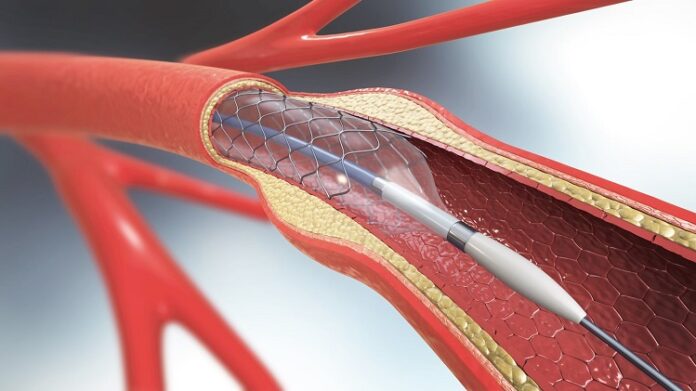Arterial blockages can develop when clogging results from fatty deposits, calcium, and cholesterol collecting on your arterial wall. The blockage usually continues and then causes the plaque to harden and gradually narrow your artery, thus restricting blood flow. Tinley Park vein care includes treatment with peripheral artery angioplasty to unclog your blocked artery and restore blood flow. Peripheral artery angioplasty is minimally invasive and is effective when medications and lifestyle changes do not improve your symptoms. The following article will explain what will happen during your treatment and how to take care after the procedure.
Table of Contents
During Treatment
Your doctor may recommend peripheral angioplasty to restore blood flow to your clogged arteries from atherosclerosis which develops when fat and cholesterol collect on your arterial wall. You will receive local anesthesia to help you relax while probably staying awake during treatment. Your doctor may also give you fluids and medications to help you relax while monitoring your vital signs. Next, your doctor will prepare the treatment area with a solution, numb it with anesthesia, and then make a small incision. Your doctor will guide a small thin wire into the blood vessel with the guide of an X-ray and inject contrast dye through the catheter to allow for more visibility. Then your doctor will inflate a small balloon at the blockage site to widen the affected artery.
Placing the Stent
You will likely have a stent placed in your blocked artery during your angioplasty procedure. A stent will support your arterial walls and help prevent them from re-narrowing after your treatment with angioplasty. Your doctor will place the stent around a balloon at the catheter tip and inflate the balloon while the stent expands and locks it in place inside your artery. The stent will stay in your artery to keep it open while improving blood flow. Your doctor will deflate the balloon, remove it, and then take X-rays to monitor blood flow through your new artery.
After Treatment
You will likely have an overnight hospital stay to monitor you and adjust needed medications. You may return to normal activities a week after your angioplasty. During home care, your doctor recommends drinking plenty of fluids to flush out contrast dye while avoiding strenuous activity and lifting heavy objects. Additionally, your doctor will inform you of signs to look out for as they may require urgent medical attention.
Will You Need Blood Thinners?
After undergoing angioplasty, you will require aspirin that you will use indefinitely. As for stent placement, you will require blood-thinning medications for up to a year. Angioplasty will increase blood flow to your previously blocked artery and allow your ability to exercise. You will continue healthy lifestyle habits to keep your artery healthy after angioplasty.
Peripheral artery angioplasty aims to open clogged arteries using a tiny balloon catheter. Your doctor inserts the balloon in the blocked artery and helps it widen, thus improving blood flow through your previously blocked arteries. During your angioplasty, you may also receive a stent to keep your artery open and prevent possible re-narrowing. After your angioplasty, you will have improved symptoms, reducing the risk of stroke and potential health issues. Peripheral artery angioplasty ensures you can resume normal activities and function better. Your doctor will ask you to maintain healthy habits to improve your angioplasty results.











